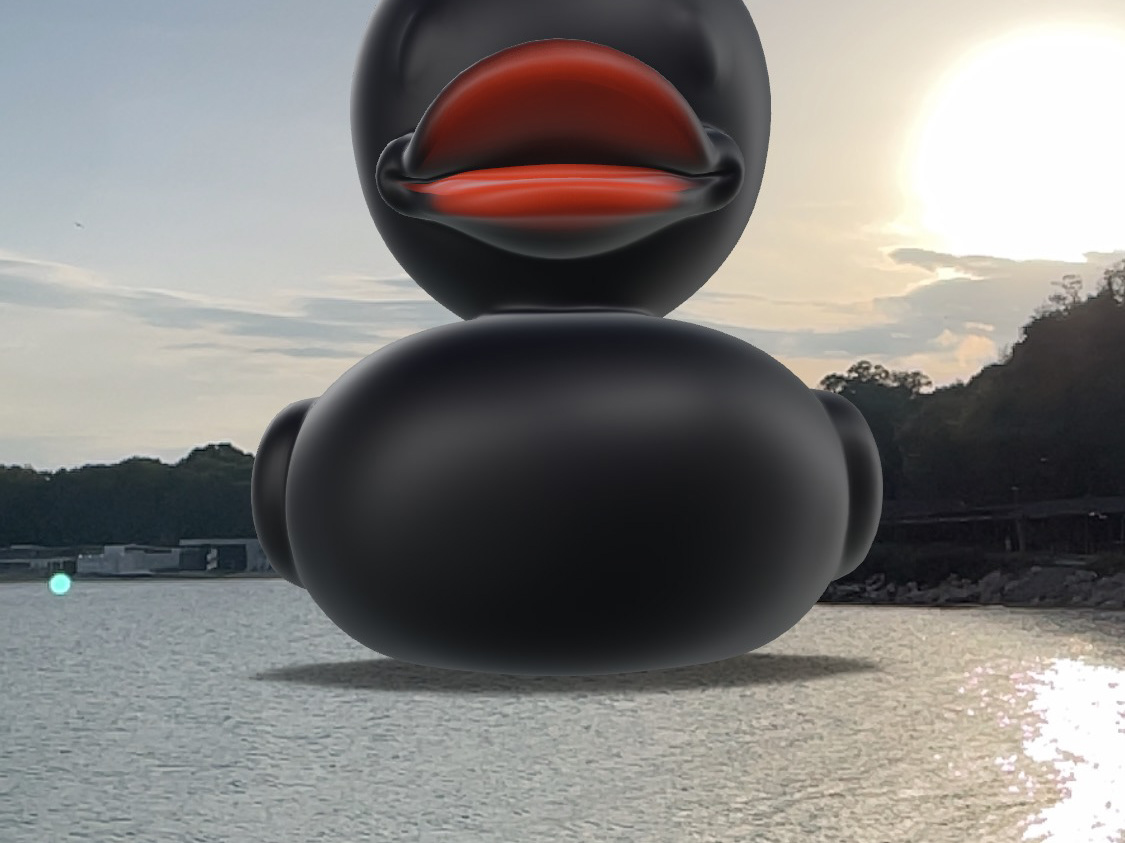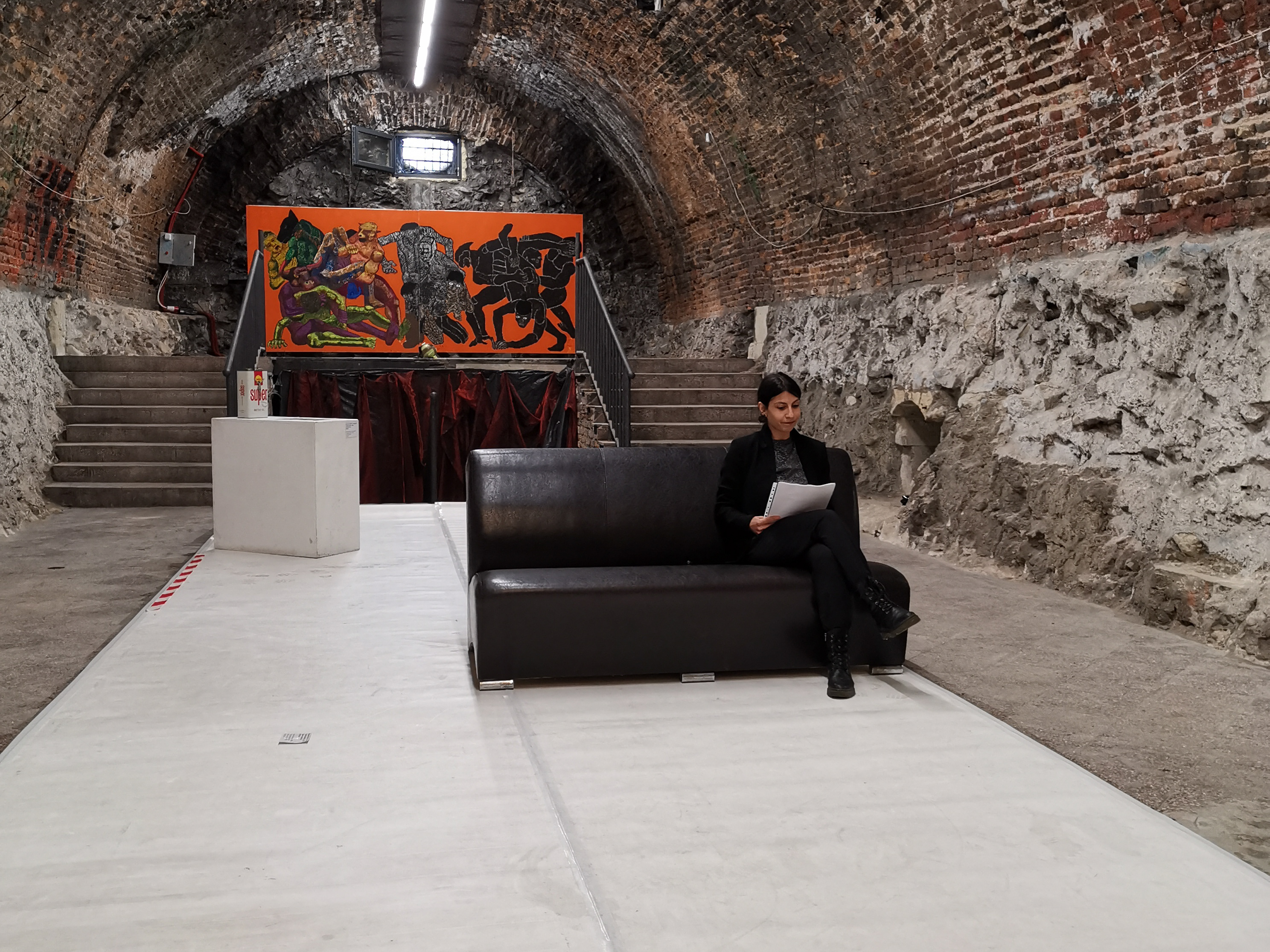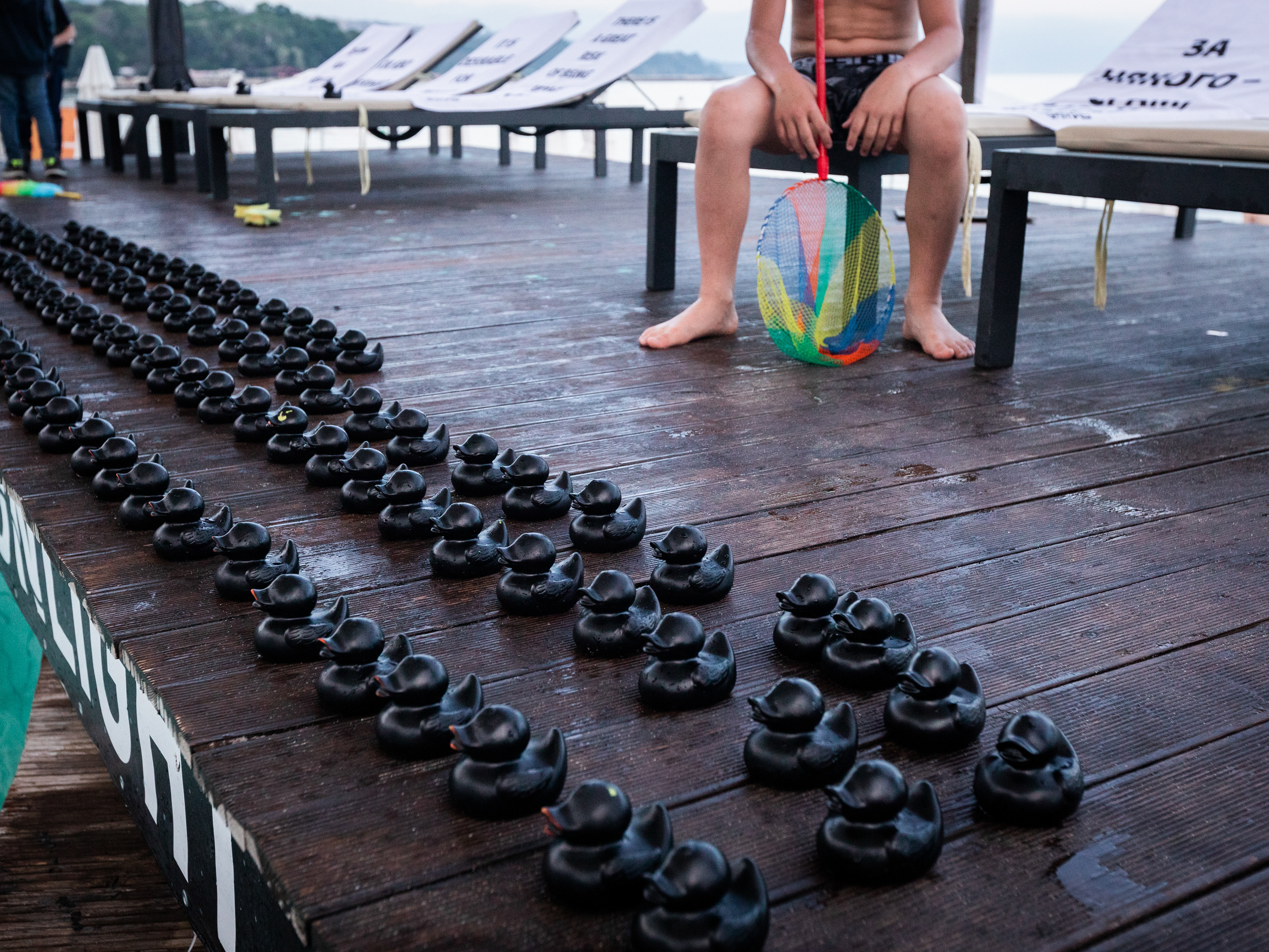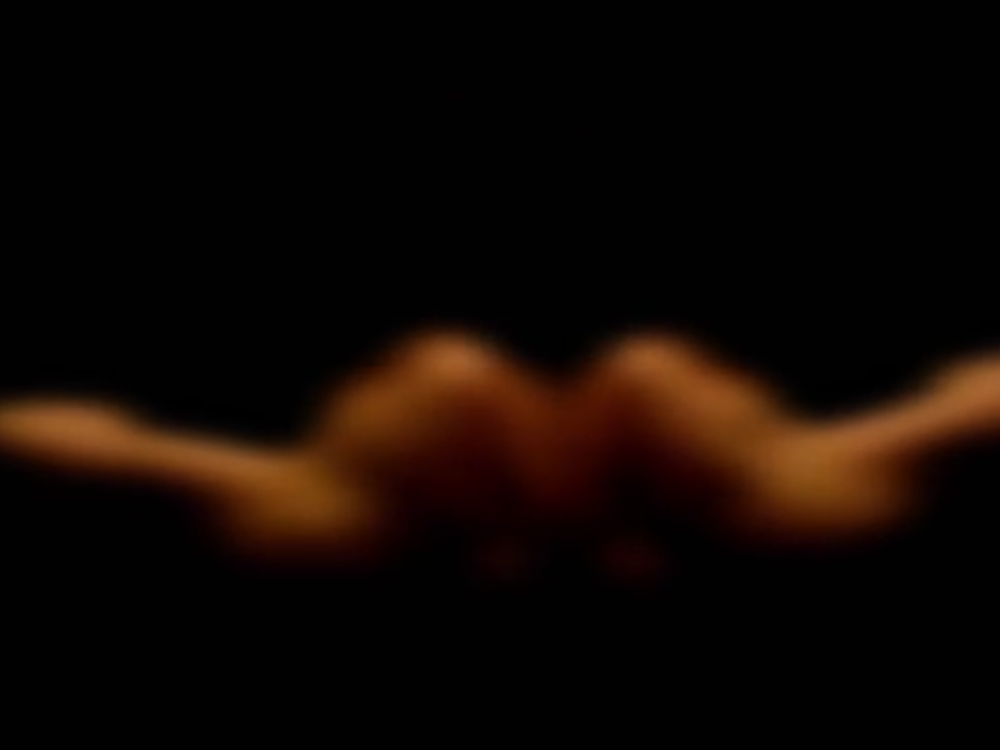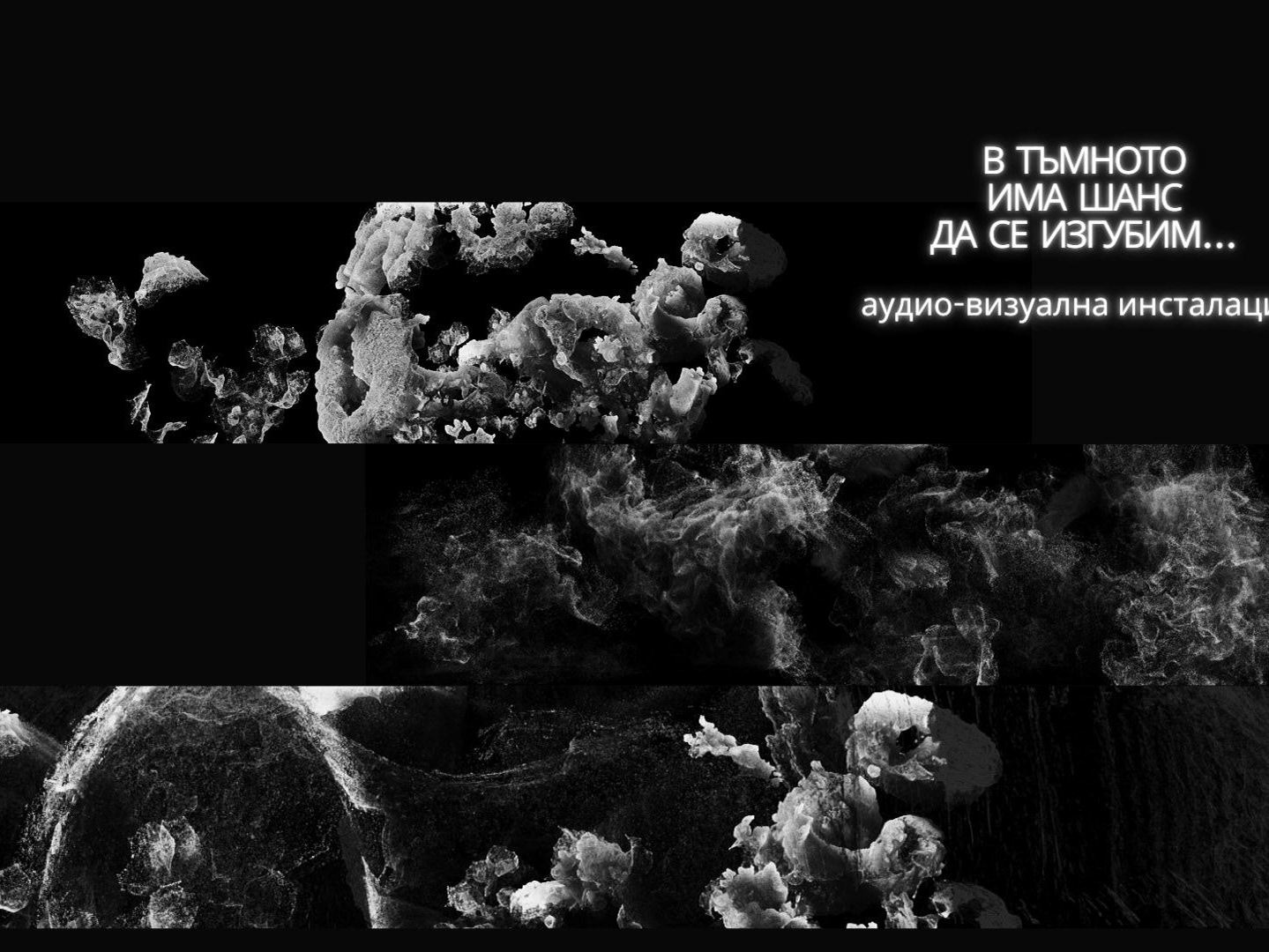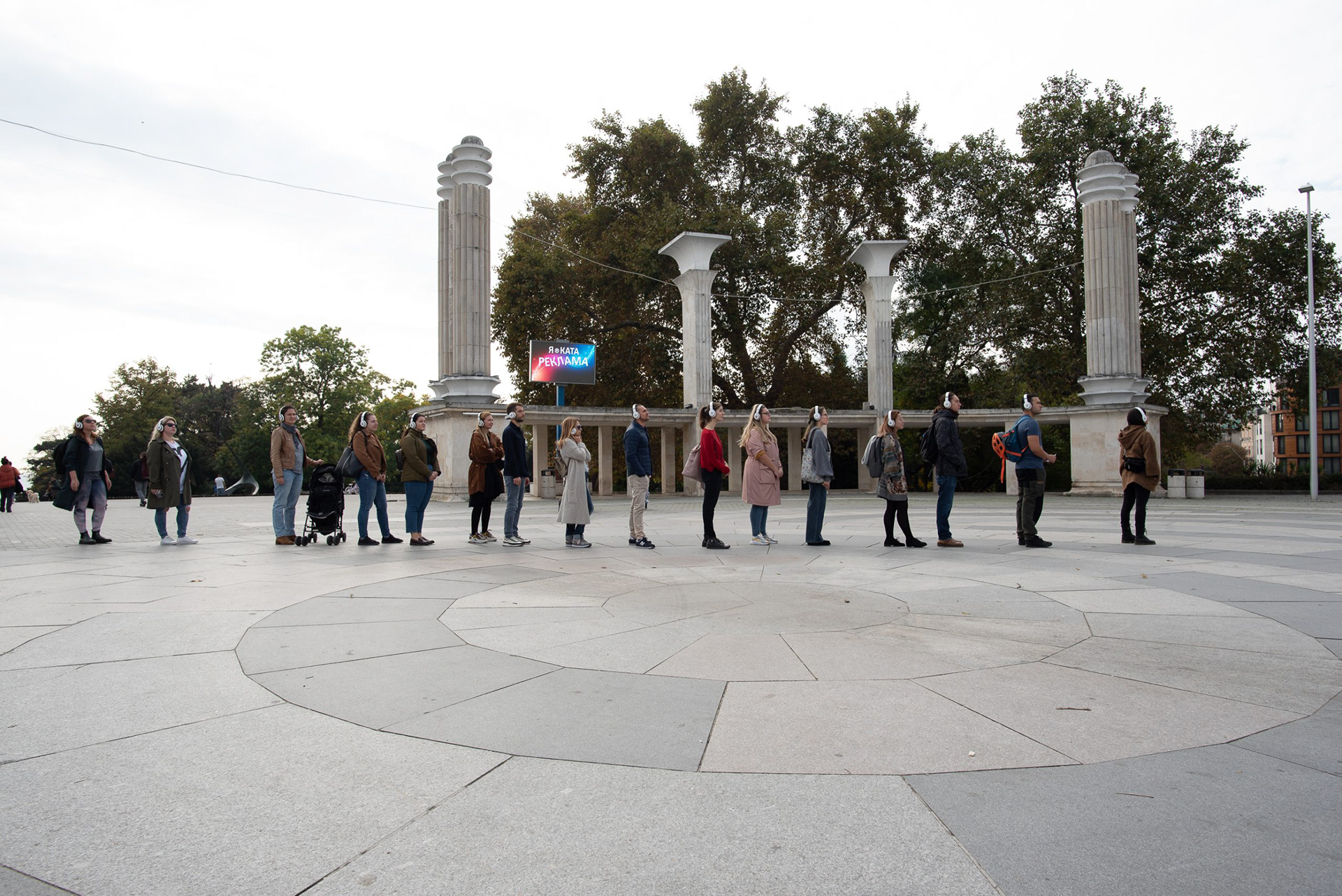
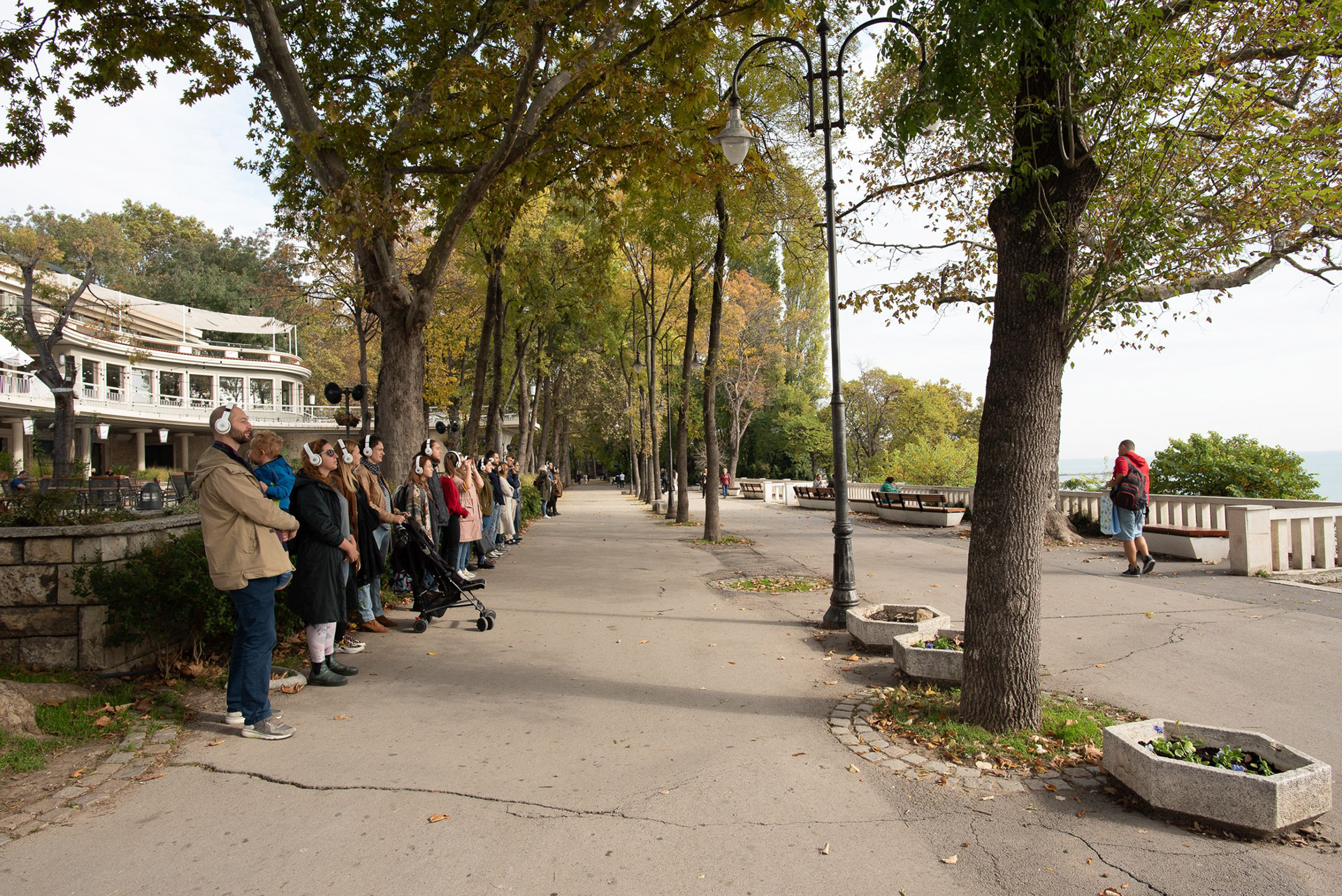
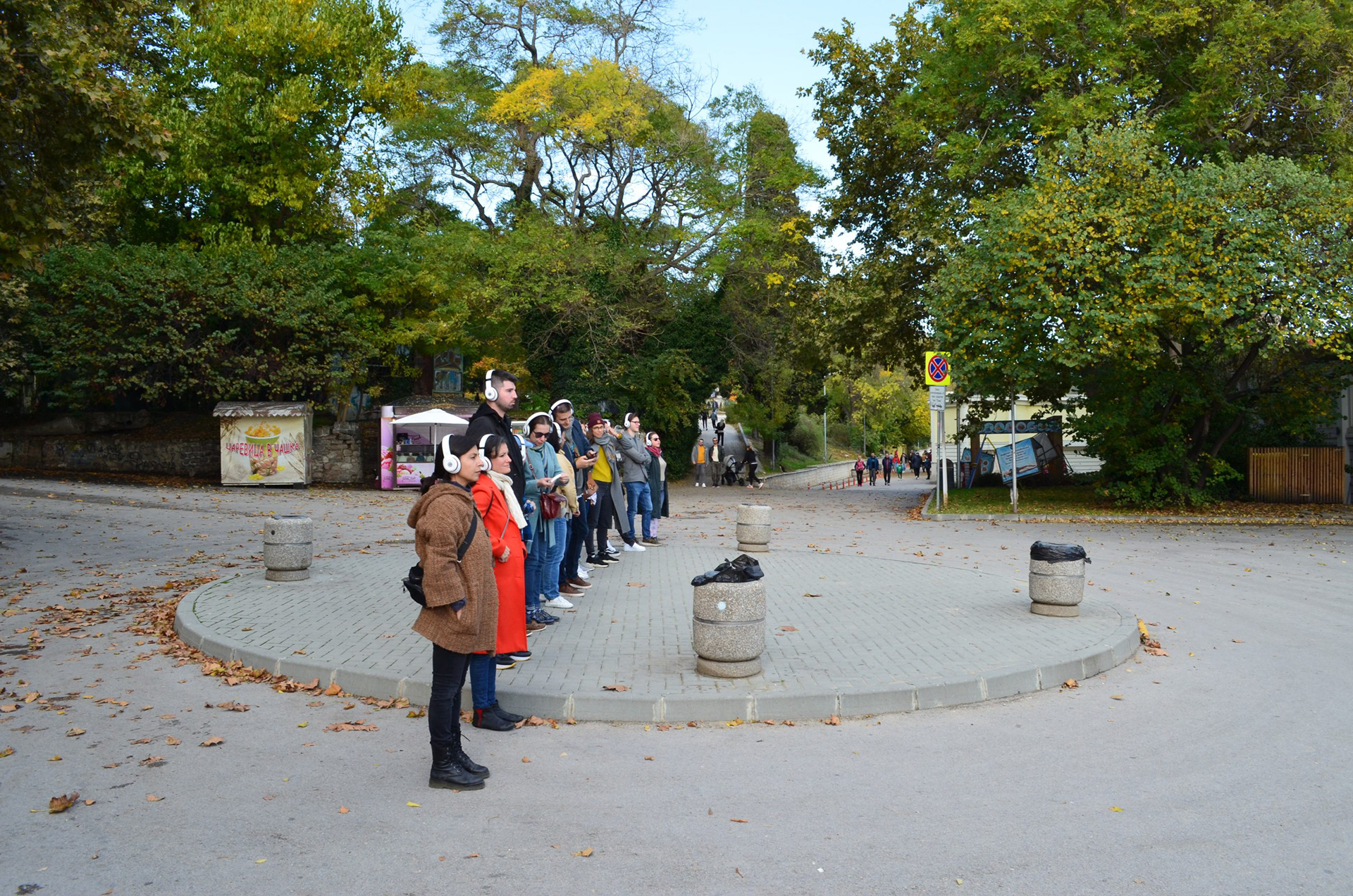

Crossing Views is an interdisciplinary project in which choreography, music, humanities, and cultural heritage intertwine to create an audio walk. The urban space becomes a playground where we meet to hear about the overcrowding and urban issues of today and to see the possibilities of our urban living together tomorrow.
In recent decades, we have witnessed a growing number of urban problems on a global scale. More than 50% of the world's population lives in urban areas, and it is predicted that this percentage will reach 65% by 2030 and 75% by 2050.
Public spaces are gradually taking on new meanings and require a different approach to acting and rethinking our relationship to them .
In recent decades, we have witnessed a growing number of urban problems on a global scale. More than 50% of the world's population lives in urban areas, and it is predicted that this percentage will reach 65% by 2030 and 75% by 2050.
Public spaces are gradually taking on new meanings and require a different approach to acting and rethinking our relationship to them .
A team of a cultural theorist, a choreographer and two actresses, a trumpeter and a sound artist come together to produce this audio walk based on co-authorship and artistic collaboration.
To build the itineraries of the audio walk and the individual elements in it - text, sound, movement, and composition, the team draws inspiration from sociological research and historical facts, initiating meetings with an architect and a historian from Varna.
He then weaves into the other elements the "narrative" of the citizens of Varna and more specifically those living near the route of the Wadoo walk: what are their daily routes? What do they see through their windows? And what do they not see? What have they always dreamed Varna to be? What is it not for them? What are the urban spaces that inspire them? What are the landscapes they don't like? Where do they feel at home? These are some of the questions at the heart of the interviews.
To build the itineraries of the audio walk and the individual elements in it - text, sound, movement, and composition, the team draws inspiration from sociological research and historical facts, initiating meetings with an architect and a historian from Varna.
He then weaves into the other elements the "narrative" of the citizens of Varna and more specifically those living near the route of the Wadoo walk: what are their daily routes? What do they see through their windows? And what do they not see? What have they always dreamed Varna to be? What is it not for them? What are the urban spaces that inspire them? What are the landscapes they don't like? Where do they feel at home? These are some of the questions at the heart of the interviews.
Svetlozara Hristova - concept and idea
Iskra Prodanova - collaborator in composition in space
Angel Simitchiev and Neyko Bodurov - soundscape
Anna-Maria Sotirova, Mira Gaydarova, Victoria Zhelyazkova - transcript of the interviews
Djuli Hadjolyan - coordination of the interviews
